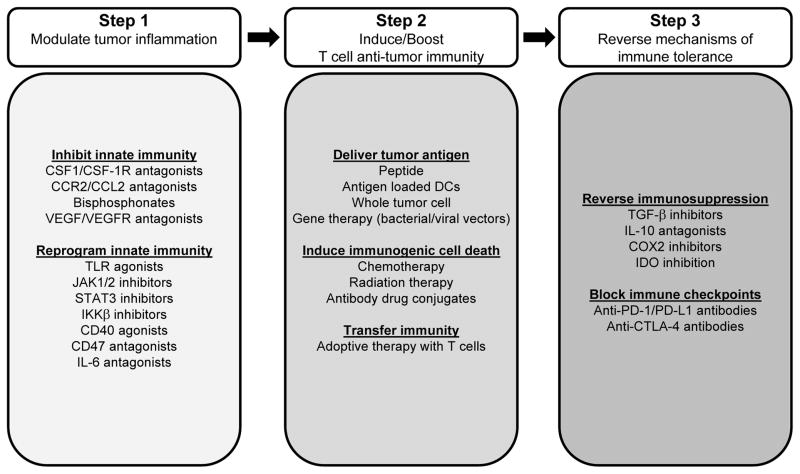Figure 2. A multi-targeted approach to cancer immunotherapy.
A three-step process is proposed for restoring productive immunosurveillance in cancer. In Step 1, the tumor microenvironment is targeted by inhibiting pro-tumor signaling pathways engaged by tumor-associated leukocytes or by polarizing tumor-associated leukocytes with anti-tumor properties. The goal of this step is to establish an environment that is conducive to T cell priming, trafficking, and activation. In Step 2, T cell anti-tumor immunity is established by delivering tumor antigen in the form of a vaccine, by inducing immunogenic cell death or by transferring immunity with ex vivo activated tumor reactive lymphocytes. In Step 3, immunosuppressive mechanisms that restrain T cell effector function are reversed including blocking immune checkpoints that are involved in maintaining peripheral T cell tolerance. The selection of strategies from each ‘Step’ may vary for individual tumors and may be influenced by tumor antigenicity, tumor immunogenicity and the immune profile of the tumor microenvironment.

